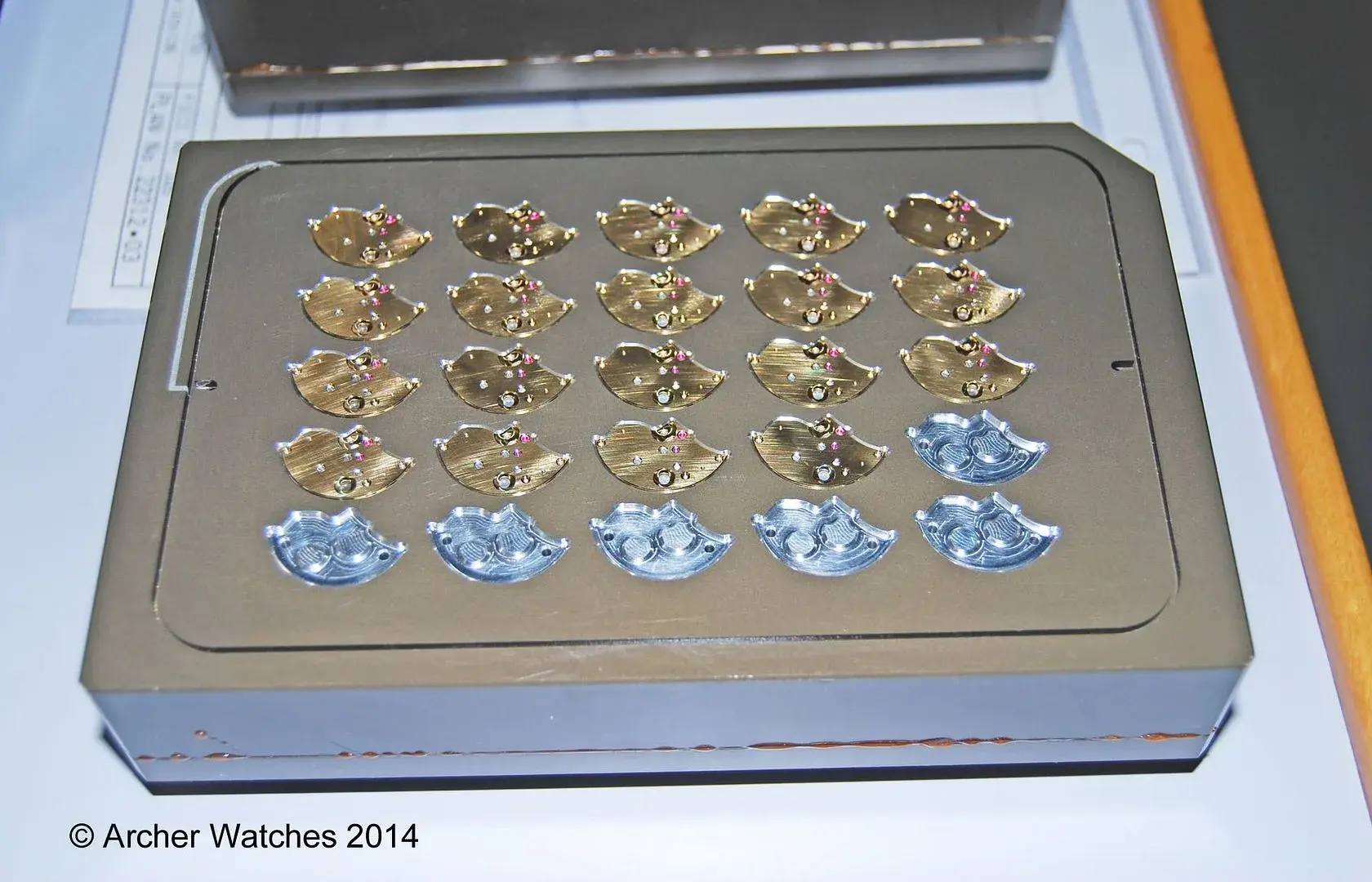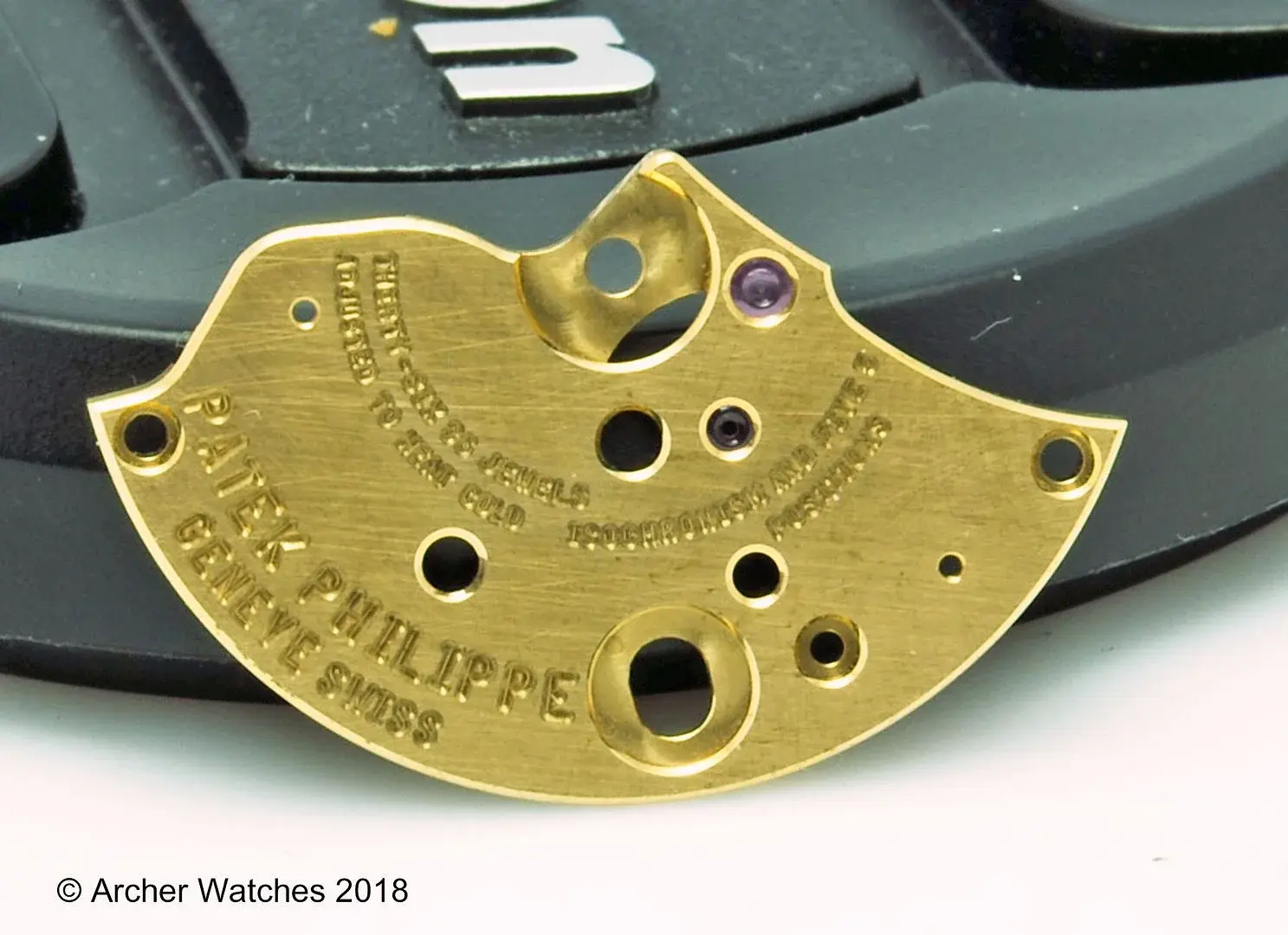Computer controls do not eliminate human error.
I agree- and I'll point out that fairly early on, I suggested that whatever the cause, this was human error/quality control. In post 25 I said:
obviously I don't know what happened, but I am going to assume human error.
And-
Again to me this is far more likely a machining issue than a little used die wearing out.
Archer- I've already stated I'm not that attached to the worn die theory, and I'm not. I threw out that idea before I had a perfect understanding of the manufacturing process. It was a fun theory, but I agree- this could be explained other ways, and I would
genuinely be satisfied with any answer.
I don't believe my theory was correct
and I don't care.
I know you have mentioned that these are Veblen goods, and you expect tight tolerances and top quality at least in part because of that.
Actually, I don't expect that there won't be errors. What I do expect is that Omega will "take care" of the customers that express dissatisfaction, and that is what I have observed in the past.
I genuinely, honestly don't even expect Omega to admit there was a QC issue (which I also said earlier). So far, that's been my experience with Omega- not
perfection in tolerance, but a fairly high level of customer service. That's what I would expect of a veblen good or a luxury item and it's what I have seen so far.
The veblen comment wasn't aimed at you, but was in response to the very tired, very old argument that Omega watches "aren't luxury items" (and therefore we shouldn't have luxury expectations). It seems to come up any time someone has an issue with Omega quality, even though it really has nothing to do with whether or not Omega is going to fix whatever issue the complaining person has. It's a narrow definitional argument with little bearing and close to zero value, as generally, "luxury" and "veblen" are interchangeable. And Omega watches
are veblen goods. And honestly, I'd be curious to know just how many veblen goods in 2025 are machine made, because I'd be willing to bet it's a big percent. There are errors, and luxury companies take care of their complaining customers. Perhaps too much and too often, even.
Strict definitions are super useful, but not when we use them to inhibit communication or invalidate by questionable exclusion. And the "Omega isn't a luxury product" is ever so often used to do that---- and you know what? those posters sure seem to be taken care of by Omega
anyway, despite forum members saying "you're expecting too much from a watch that isn't a luxury item."
A fair question:
Why don't we see more users say "Omega may be a luxury item, but it isn't haute horology" or "I don't like the term luxury item, but veblen good is fine" or something to either effect? Because much more often than not, this argument is used to
invalidate. I don't even think it's always intentional, it's just part of the internet culture of communication. Strict definitions, clarity. Not blanket statements and invalidation.
I'm not saying you do this, btw. EDIT- to clarify, I genuinely am not saying you are doing this. You're sticking with what you think
Omega will say based upon your past experience, and I do (genuinely) understand why you're doing that.
And look, maybe you don't agree with something here, but we've had some good conversations elsewhere so I hope for some attempted understanding, or reasonable dialogue.
Bottom line on this point: I
don't expect perfection from Omega or Rolex. I
have observed that they
often take care of their customers, even if it is something as ridiculous as a date window numeral that is
technically within factory spec but ever so slightly noticeably off.
Anyway- all of that aside, for me the bigger topic here - and it seems to be where we are really stuck- is that whatever Omega's standards for production may be, there
are standards for engravings.
I get that it's a watch, but it's also an engraving. And I think that's where a lot of the communication breakdown in this thread seems to be happening. I'm looking at the engraved/stamped portion from the perspective of those standards, and other people seem to be looking at it as if it is just a watch. But it's both.

